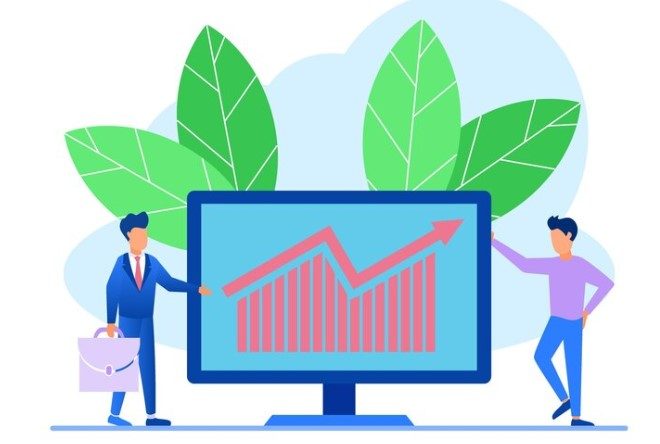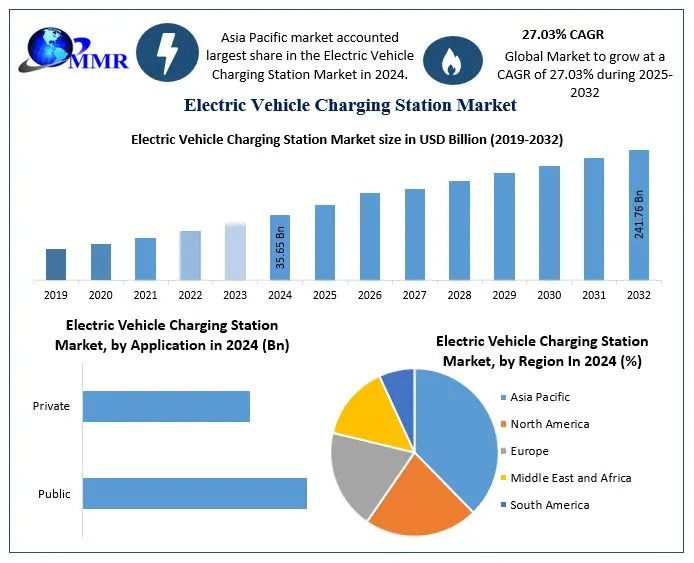As Australia works toward its ambitious sustainability goals, businesses are increasingly being called upon to understand and manage their Greenhouse Gas (GHG) emissions. Effective GHG accounting has become a critical element of corporate environmental responsibility. One of the most powerful tools in facilitating this process is Artificial Intelligence (AI), which is now playing a pivotal role in streamlining GHG training for organisations. AI-driven solutions not only enhance the accuracy of GHG reporting but also make it easier for employees to grasp complex sustainability concepts.
In this article, we will explore the role of AI in simplifying GHG accounting and how businesses in Australia can leverage this technology to improve their GHG training programs.
How AI is Revolutionizing GHG Training
AI is transforming the way organisations approach GHG accounting and training. By automating complex data collection, analysis, and reporting tasks, AI helps businesses streamline their GHG training programs, making them more efficient and accessible. Here are some ways AI is enhancing GHG training:
1. Automating Data Collection and Analysis
Traditionally, GHG accounting involved manually collecting data from various departments, which could be time-consuming and error-prone. AI-powered tools can automate this process, pulling data from multiple sources, including energy usage reports, production logs, and supply chain records. This automated data collection not only reduces human error but also provides a more accurate picture of a company’s emissions.
With accurate data at hand, AI can then analyze and categorize emissions, breaking them down into the appropriate scopes. This makes it easier for organisations to meet the detailed reporting requirements outlined by Australian regulatory authorities.
2. Personalized Training Content for Employees
Every organisation’s GHG accounting needs are unique, and a one-size-fits-all approach to training may not be the most effective. AI can help personalise GHG training content to suit the specific needs of each employee or department. By analysing an individual’s learning patterns and skill levels, AI-driven platforms can tailor training modules that focus on areas that need improvement.
For example, if an employee is working in the procurement department, the training program may emphasise Scope 3 emissions related to suppliers and materials. On the other hand, an employee in the operations team may focus more on direct emissions (Scope 1). Personalising the training ensures that employees can effectively apply what they learn in their day-to-day roles, improving overall training outcomes.
3. Real-Time Feedback and Performance Tracking
AI can provide real-time feedback to employees during GHG training, helping them stay on track and identify areas for improvement. By tracking progress and analysing performance, AI systems can offer immediate suggestions and resources to reinforce learning. For example, if an employee is struggling to understand certain emissions reduction strategies, AI can direct them to additional resources or explain the concept in a different way.
This continuous feedback loop ensures that employees can master GHG accounting and develop the necessary skills to effectively reduce their organization’s carbon footprint.
4. Simulating Real-World Scenarios
AI can simulate real-world scenarios to help employees better understand the impact of their actions on GHG accounting. These simulations provide hands-on experience in calculating emissions, evaluating reduction strategies, and making informed decisions about sustainability practices.
For example, AI can create a scenario in which an employee needs to reduce energy consumption in the workplace. The system can provide options such as upgrading equipment, switching to renewable energy, or implementing energy-efficient practices, then simulate the impact of each choice on the company’s overall emissions. This helps employees better understand how different actions can contribute to emissions reductions and more accurate GHG accounting.
5. Improved Reporting and Compliance
AI can significantly simplify the reporting process for GHG accounting, which is often a major challenge for businesses. With automated data collection, analysis, and reporting, AI tools can generate detailed GHG reports that are aligned with the latest Australian regulatory requirements. These reports can be submitted directly to the government, saving time and reducing the risk of non-compliance.
Additionally, AI can help track and manage compliance with international standards such as the Global Reporting Initiative (GRI) and the Carbon Disclosure Project (CDP), making it easier for Australian businesses to report on their environmental performance in a standardised way.
The Future of AI-Driven GHG Training
As AI technology continues to evolve, its role in GHG accounting and training will only grow. Future advancements could include even more sophisticated simulations, predictive analytics, and machine learning algorithms that can forecast emissions reduction potential and suggest the most effective strategies for achieving net-zero goals.
Businesses in Australia should consider integrating AI into their GHG training programs to stay ahead of the curve and ensure that their employees are well-equipped to handle the growing demands of sustainability. By doing so, they will not only improve their GHG accounting practices but also contribute to the country’s broader climate goals.
Conclusion
The integration of AI into GHG accounting and training presents a significant opportunity for Australian businesses to streamline their sustainability efforts. By automating data collection, personalising training, providing real-time feedback, and improving reporting, AI makes it easier for employees to understand and manage their environmental impact. As the pressure to reduce emissions increases, businesses that embrace AI-driven GHG training will be better positioned to meet regulatory requirements, optimise sustainability practices, and contribute to a greener future for Australia.












